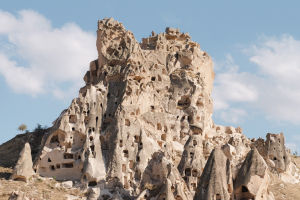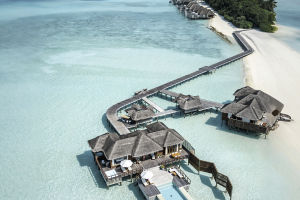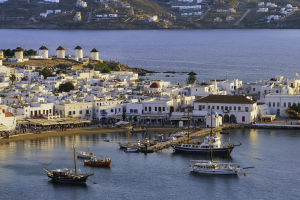Nature's Explosive Portals
Imagine the Earth as a pressure cooker, constantly bubbling beneath its seemingly solid surface.
Volcanoes are nature's safety valves – dramatic openings that allow our planet to exhale plumes of gas, molten rock, and ash in spectacular fashion. These fiery portals, often nestled within mountains, serve as windows into Earth's tumultuous inner workings.
Where Earth's Puzzle Pieces Collide
Like seams on a patchwork quilt, our planet's surface is stitched together from massive tectonic plates. Where these gigantic jigsaw pieces meet, the Earth wrinkles, folds, and sometimes tears—creating perfect pathways for magma to escape. These geological meeting points become hotspots for volcanic activity, as if the Earth were bursting at its seams.
Hotspots: Earth's Underground Furnaces
Deep within our planet lurk massive plumes of superheated rock, rising like invisible columns through the Earth's mantle. These mantle plumes act as blowtorches beneath the crust, melting everything in their path and creating volcanic activity far from plate boundaries. Think of them as nature's underground furnaces, constantly reshaping our world from below.
Living in the Shadow of Fire Mountains
Picture this: 350 million people – equivalent to the entire population of the United States – wake up each day under the watchful eye of an active volcano. That's roughly one in every 20 humans sharing their neighborhood with these slumbering giants, never knowing when they might awaken in fiery splendor.
The Three Lives of a Volcano
Like mythical creatures, volcanoes exist in three states: active, dormant, and extinct. The active ones are the teenagers – energetic, unpredictable, and regularly making their presence known.
Dormant volcanoes are the middle-aged adults—quieter now, but with a history of past eruptions and the potential to reawaken. The extinct ones are the elders—so long silent that their fire-breathing days are considered over (though some have surprised us!).
Volcanoes: Earth's Diverse Architects
Mother Nature has created volcanoes of dazzling variety. The cone-shaped composite volcanoes rise dramatically with steep, perfect slopes—the Hollywood stars of the volcano world. Meanwhile, shield volcanoes spread wide with gentle slopes, created from layer upon layer of flowing lava—more like gentle giants than explosive divas.
A Tale of Two Hot Rocks
Don't confuse magma with lava—they're cousins, not twins! Magma is the rebellious hot liquid rock trapped beneath the surface, while lava is what happens when magma breaks free and flows across the landscape. Same molten rock, different stages of its journey—like a butterfly emerging from its chrysalis in spectacular, molten form.


